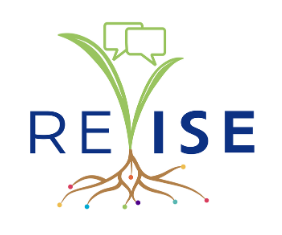June 26th, 2009 | RESEARCH
In this essay, we review research from the social sciences on how the public makes sense of and participates in societal decisions about science and technology. We specifically highlight the role of the media and public communication in this process, challenging the still dominant assumption that science literacy is both the problem and the solution to societal conflicts. After reviewing the cases of evolution, climate change, food biotechnology, and nanotechnology, we offer a set of detailed recommendations for improved public engagement efforts on the part of scientists and their organizations. We emphasize the need for science communication initiatives that are guided by careful formative research; that span a diversity of media platforms and audiences; and that facilitate conversations with the public that recognize, respect, and incorporate differences in knowledge, values, perspectives, and goals.
Document
(no document provided)
Team Members
Matthew Nisbet, Author, American UniversityDietram Scheufele, Author, University of Wisconsin
Citation
Publication: American Journal of Botany
Volume: 96
Number: 10
Page(s): 1767
Funders
Related URLs
Tags
Audience: Museum | ISE Professionals | Scientists
Discipline: Climate | Education and learning science | General STEM | Nature of science | Social science and psychology
Resource Type: Peer-reviewed article | Research Products
Environment Type: Broadcast Media | Media and Technology
